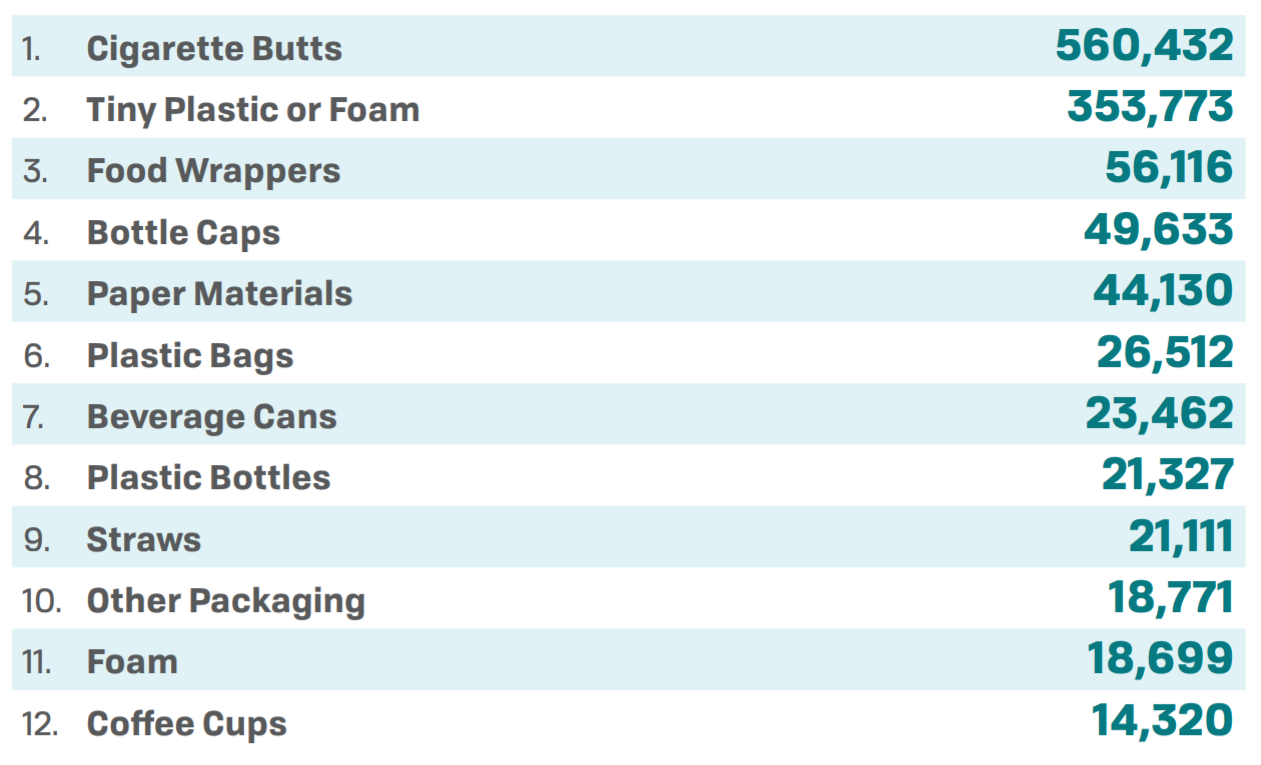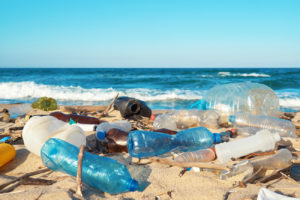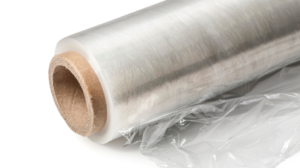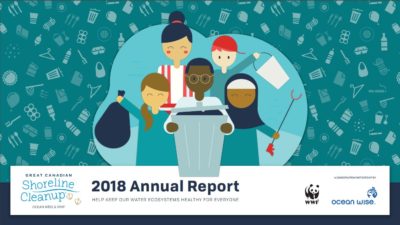The Great Canadian Shoreline Cleanup
The Great Canadian Shoreline Cleanup is a national conservation program that provides Canadians the opportunity to take action in their communities wherever water meets land, one bit of trash at a time.
Since 1994, there have been21,300 cleanups that have collected more than 1.3 million kg of trash across Canada’s shorelines.
Why cleanup?
Litter is a problem created by humans and wildlife are paying the price. Yet, our personal production of litter and waste continues to grow.
The real environmental challenge occurs when litter ends up somewhere it really shouldn’t, like your local shoreline. It might be that place where you go birdwatching, have a picnic with your family, or walk with friends. Rivers, lakes, streams, storm drains and beaches are all connected, so litter at your shoreline can be transported far away from where it began.
But out of sight is not out of mind. And whether deliberately dumped or accidentally dropped, litter can have devastating consequences for wildlife. Animals mistake litter for food or become entangled in rope, string and nets. Litter can transport invasive species, or introduce dangerous toxins into an ecosystem. Plastic litter can degrade into tiny invisible pieces called microplastics, that are impossible to pick up, but have dramatic impacts on wildlife.
The problem of shoreline litter is global, urgent and often overwhelming. But there is something you can do.
We are building a community of shoreline cleanup leaders across Canada who are committed to taking real action. Together, this community knows that there is power in positive action, and that a cleanup can be the first step toward real, lasting change.
2018 Litter Data
Shoreline Cleanup collect litter data from all cleanups and publishes it for easy access. This list shows the top 12 commonly found litter items in Canada. For more data on cleanups, visit ShorelineCleanup.ca





